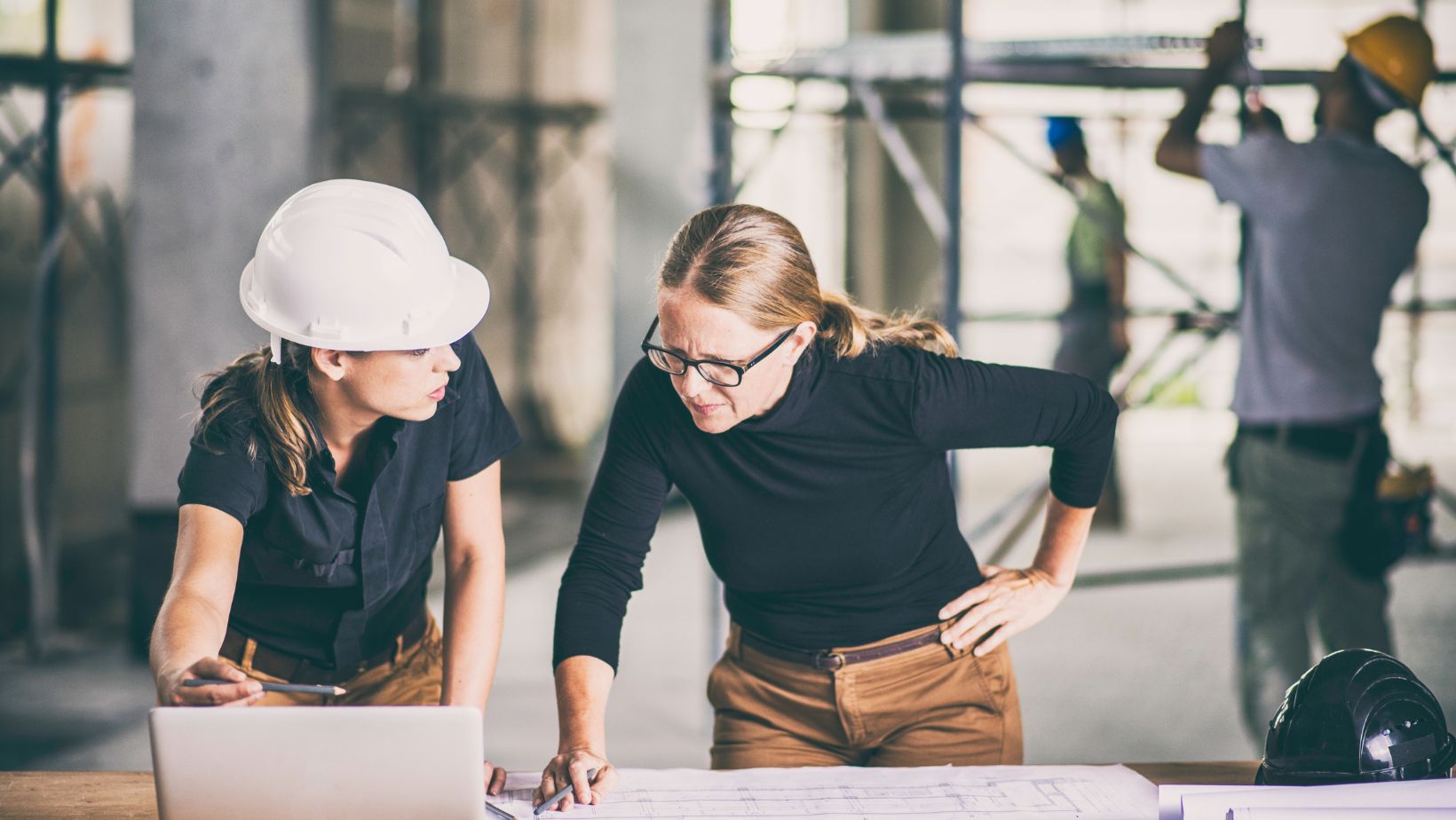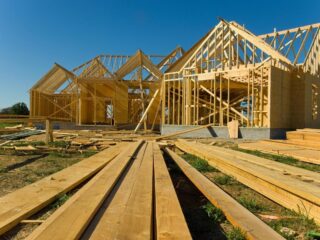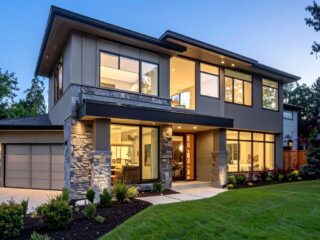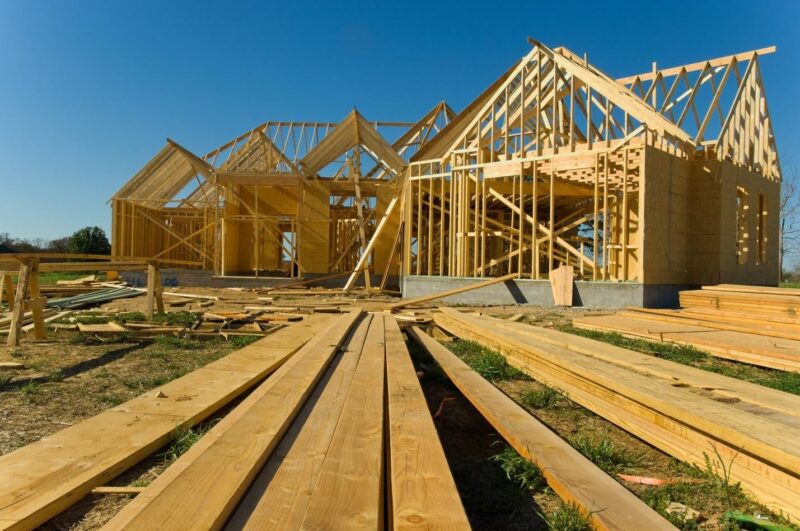
Social media isn’t just for influencers or lifestyle brands. It’s one of the ideal tools architects can use to show their work, talk to potential clients, and stay connected with people who love good design. The ideal part? It doesn’t require a huge budget. A phone, some consistency, and a bit of creativity can go a long way.
Most architecture firms already have a website and a portfolio. But social media helps bring that work to life in real time. It lets the audience follow along on a project, ask questions, and get to know the people behind the drawings. That builds trust—and trust is what gets you hired.
Why Social Media Matters for Architects
Architects often rely on referrals and word of mouth. That still works. But it’s slower and limits your reach. Social media breaks that barrier. It gives architects a chance to be seen by more people—clients, collaborators, even journalists looking for fresh talent.
It also lets firms stay relevant. Design trends change fast. New materials, new technologies, and even new client expectations. Social media keeps a studio involved in those conversations. A well-timed post can put your firm on someone’s radar right when they need an architect.
There’s also the visual side. Architecture is photogenic. A good shot of a finished building, or even a work-in-progress, can stop someone mid-scroll. That kind of content travels fast—especially on platforms like Instagram or Pinterest. And if your feed looks sharp and consistent, people start seeing your firm as a brand, not just a service.
More visibility means more opportunities. Social channels can lead to press features, speaking invitations, and award nominations. They also make it easier for past clients to share your work with others. Instead of sending a website link, they can just tag you in a post or story. That’s easy marketing you don’t have to ask for.
Choosing the Right Platforms for Your Brand
Not every platform works for everyone. Architects should choose based on where their audience spends time and what kind of content they’re best at creating.
Instagram is a must. It’s visual, fast-moving, and packed with design lovers. A studio can post finished projects, site visits, sketches, materials, or moodboards. Stories and Reels are good for showing personality or behind-the-scenes moments. Using local hashtags or tagging other accounts (like engineers, furniture makers, or contractors) helps with reach. Just make sure the feed looks clean and consistent.
LinkedIn is underrated. It’s great for connecting with commercial clients, developers, and other professionals in the built environment. Firms can share thought pieces, project wins, or blog posts. It’s also a solid place to talk about team culture or sustainability goals. People who follow you here are often decision-makers.
Pinterest works better than most think. It’s a search engine for inspiration. Boards featuring kitchens, small homes, or modern facades keep bringing traffic to your site long after you post. It’s less about daily engagement and more about building a long-lasting visual archive.

YouTube and TikTok aren’t for everyone, but they’re worth testing. Time-lapse builds, walkthroughs, or short Q&A videos show the personality behind the practice. If a firm has someone comfortable on camera, these platforms can help humanize the brand and make it more relatable.
Each platform serves a different purpose, but the goal is the same: be seen by the right people, in the right way, at the right time.
Defining Your Architecture Brand Voice and Style
Every post says something about the brand. Is the studio modern or traditional? Quiet or bold? Playful or minimalist? That voice should show up everywhere—from the captions to the visuals to the colors used on the grid.
Some firms go for a clean, white aesthetic with a lot of technical drawings and muted tones. Others mix client stories, mood shots, and urban context. There’s no right or wrong here, but the content needs to match the firm’s vibe. A high-end residential architect should probably sound different than a firm doing experimental community spaces.
Captions help shape this, too. Long captions work if the firm enjoys telling stories or breaking down design decisions. Short, witty text works better for fast scrolling. Either way, the tone should sound natural—not like a brochure. People follow people, not faceless logos.
The brand voice isn’t just about tone. It’s also about rhythm. How often does the studio post? Is it once a week, once a day, or whenever something’s ready? A steady rhythm builds trust and keeps the audience interested.
Good branding also means consistency across platforms. Someone who finds a studio on Instagram should get the same impression if they visit the website or meet someone from the team. That consistency makes a studio easier to remember—and easier to recommend.
Content Ideas That Work for Architecture Brands
Most people don’t hire architects every day. That’s why content shouldn’t just focus on selling. It should make people curious, inspired, or entertained. When content feels useful or fun, people stick around.
Project spotlights are an easy place to start. A simple photo carousel with a few facts about the brief, the site, and the outcome goes a long way. But instead of just posting glossy final shots, it’s smart to mix in the messy middle parts—concept sketches, model-making, or site visits. These moments show your thinking.
Another idea is behind-the-scenes posts. Showing a team lunch, a Friday sketch session, or the books on someone’s desk makes the brand feel alive. That kind of content helps future clients see the people they’ll be working with—and whether they vibe with them.
Educational posts also work well. A short post explaining why certain windows were placed where they were, or how a home was designed to stay cool in the summer, shows your value. It turns a simple photo into a learning moment. It’s also where a keyword like SocialBoosting can help—using social media engagement companies can help reach more people.
And don’t forget about client testimonials. Instead of dry quotes, turn them into visual stories with pull-out quotes, background images, or even a short video clip. It makes feedback feel real, not forced.
The goal is to show more than just buildings. Show the process. Show the team. Show the thinking.
Tracking What Works and Doing More of It
Social media takes time, but it gives clues. The numbers tell a story. High saves mean the content was helpful. High shares mean it struck a nerve. High reach with low engagement might mean the post looked good but didn’t connect.
Each platform has built-in tools. Instagram has Insights. LinkedIn has analytics for every post. Google Analytics can show which posts sent people to the site. Those numbers help a studio figure out what to do more of.
Sometimes it’s not the fanciest photo that gets the most attention—it’s a raw iPhone shot with a good story. That’s why it helps to test things and look back often.
Posting tools help too. Scheduling a week of content in advance keeps things moving. It frees up time to actually engage with the audience. And that’s the part that builds real connections.
Social media won’t replace good design, but it helps more people see it. And when more people see it, more people talk about it. That’s how brands grow. One scroll, one like, and one share at a time.













